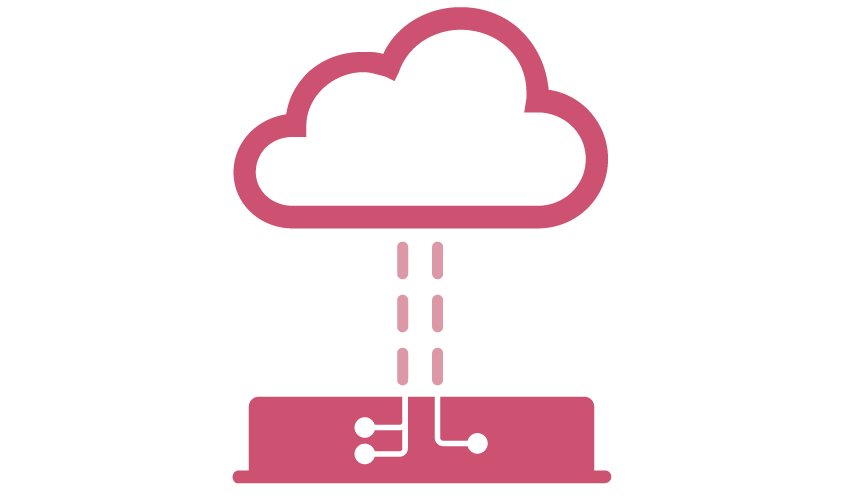Today’s emergency lighting systems need labor-intensive and hardware-centric compliance regimes. But not for much longer. Soon, self-reporting and software-centric compliance will become the norm and a new breed of maintainers will emerge, empowered by the Internet of Things. By establishing an open protocol for them to build their services on, we can greatly simplify safety compliance and transition to a global standard for emergency lighting systems that will make buildings everywhere safer.
Chaotic compliance
Emergency lighting systems have a simple life-saving task: to provide light if a power outage shuts down a building’s standard operational lighting. To do their job in a crisis, fixtures must be functional and batteries must be sufficiently charged. For this reason, most jurisdictions require monthly battery tests, creating a huge and cacophonous global market of specialists who keep emergency lighting systems compliant. Working to a patchwork of local building codes with little standardization of equipment or recommended practice, this fragmented market now faces disruption by the Internet of Things.
Compliance blind spots
Manual compliance testing isn’t just time consuming and complex – it leaves blind spots. What if the testing regime isn’t aligned with conditions onsite or has lapsed? For example, when buildings are being renovated, frequent power shutdowns can drain batteries and compromise worker safety. Likewise, when buildings are empty, nobody knows if emergency lighting systems are up to code. Often the only way to check is to send a specialist to the site to test equipment manually. Not every efficient – and expensive.
Enter the lighting grid
Right now, we’re witnessing a grand convergence, one never seen before. Lighting grids are becoming intelligent conduits for all kinds of building data. Why not information about battery status?
With a few lines of code, battery status information can be extracted and reported to maintainers. Data analytics can flag low-performing batteries for replacement before they fail. Everything maintainers need to know to keep emergency lighting systems compliant can be surfaced via a simple dashboard, allowing them to reduce manual testing and provide more proactive services.
Such automated status reporting would reduce the need for costly unscheduled site visits. It would also shine a light into compliance blind spots. Maintainers can be alerted instantly if there’s a battery anomaly at a construction site. And without setting foot onsite they can check whether a vacant building is compliant and advise building owners considering new uses, such as popup stores or events, whether their building is safe.
What does the software revolution mean for maintainers?
While it’s certain that maintainers face a software-centric future, it’s not yet clear what form it will take. The high cost of software development means maintainers have a large stake in the outcome. As the software market evolves, they could find themselves out on a limb with software that’s expensive to maintain, hard to integrate or no longer supported.
Two future scenarios
There are two ways this landscape could evolve. In the first scenario, different maintainers all over the world develop their own ad hoc solutions, all built on different foundations using different communication protocols. Over time this market would likely consolidate. A few dominant approaches would emerge and probably converge eventually into a single one-size-fits-all solution. The whole process could take many years, creating a complex fabric of solutions and injecting new levels of chaos and incompatibility into maintenance and management.
The second scenario is infinitely preferable. In this scenario, investment is concentrated on a single global communication protocol for emergency lighting systems that everyone can use – think something like the internet protocol (IP) address system. The IP address system governs how computers on the internet communicate with each other. It’s global, standardized and transparent – a system used by every connected device that makes the internet work for everyone. What if our industry collaborated to develop a similar global standard for emergency lighting systems?
From cacophony to harmony
If we did set a standard, something brilliant would happen. All emergency lighting systems would communicate in a common language, enabling maintainers to see the status of every emergency light in a building in one place. Today’s fragmented and complex compliance processes would disappear, replaced by a far more efficient approach. Blind spots would be eliminated and buildings would be safer.
When can we start?
What future do you see for emergency lighting systems – is a global communication protocol achievable? If yes, what protocol would work? And who should lead development? Have your say in the comments.




